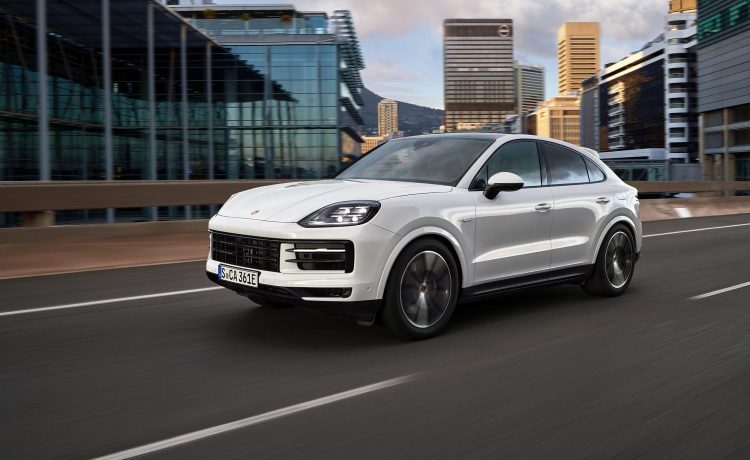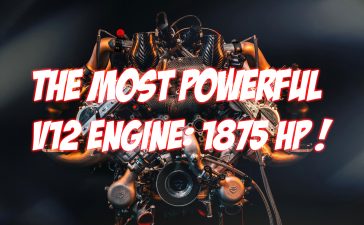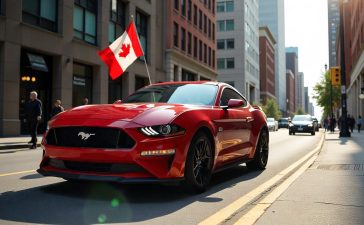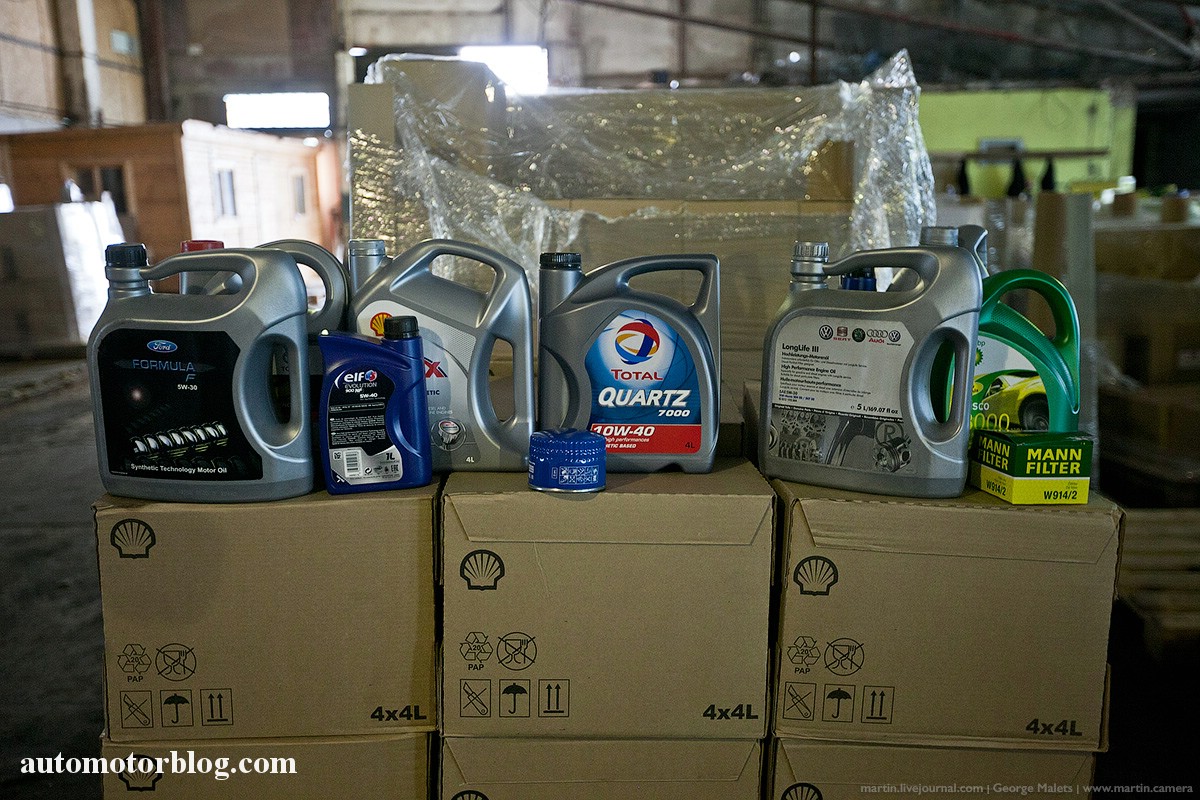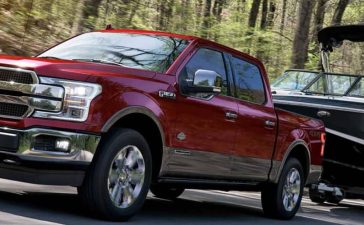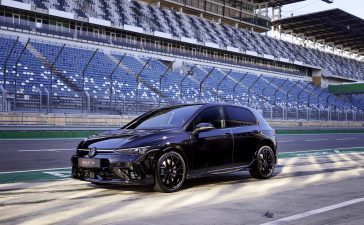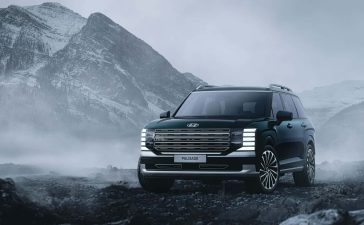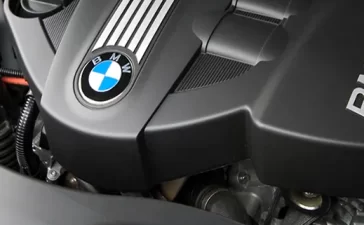In a constant talk of EVs and sustainability, arguably one of the most iconic car manufacturers, Porsche, made quite a strategic decision of sticking to combustion engine cars indefinitely. It is indicative of the conundrum that car companies face as they try to drive innovation between the old, reliable internal combustion engine and the new, critical electric systems.
However, in the current society that seeks to promote electric cars, Porsche, led by its CFO Lutz Meschke, is not relenting on combustion engines. It will require significant amounts of money to invest in internal combustion and hybrid technologies, as suggested in their previous estimated financial statements for the year 2025. The prediction for the expenditures in expansion and development of powertrains related to these vehicles amounted to 831 million US dollars. It should be considered that this figure comprises the expenditures of both the combustion activities and the battery activities, which are a testament to the prevalence and relevance of hybrid automobiles.
It is evident that even with increasing focus on hybrid and electric vehicles, desired vehicle brands like Porsche have remained committed to the combustion engines, as seen in plans of the V-8 engines in the Cayenne and Panamera models. The automaker also declared these will continue to be manufactured after 2030. This supports the broader approach where Porsche is not limiting itself but may even expand its combustion engine offerings. The company has compromised on the previously all-electric models and moved toward hybrid and full-combustion versions of the automobiles that were envisioned as purely electric.
Porsche expects that the margin will decrease to the range of 10-12% due to the attempts to invest more in the combustion powertrains. Nevertheless, it still has certain optimistic expectations, expecting that its sales revenue would be within the $40$-$41 billion range. This shows that Porsche is willing to bet on combustion engines and the profitability of which now as the car manufacturing industry shifts towards electrification.
Accordingly, challenges emanate from this strategic direction, more so in the developmental timetables of the new models. The issues of the next generation 718, for instance, are affected by the developmental slide. At one time, it was set to retain the mid-engine layout; however, it shall turn into an EV. However, considering that Porsche has two tracks for its powertrain strategies, there are indications that there could be preparation for the launch of ICE in the future.
In addition, there is a drag on an electric Cayenne and the future Macan EV plans as well. Another marketing combination comes from combustion-powered versions of these models, which complements the strategy because Porsche can offer various variations for customers to meet their needs and the market.
This is because Porsche understands that the change to electric cars has many risks, and thus taking a stand in supporting and developing combustion engines allows the company to sufficiently cover such risks. Thus, by pursuing the policy of dual investment in combustion and hybrid vehicles, Porsche plans to reinforce its position in the market and satisfy various customer demands. This two-part plan enables adaptation to an environment where the uptake of EVs by consumers may show geographical and population differences.
In conclusion, it can be pointed out that the decision of Porsche to carry on with the production of cars with the help of combustion engines is the right one because of its flexibility with strategic vision. So by focusing on the further development of the conventional powertrains while at the same time pursuing electric and hybrids, Porsche is preparing for a future where both solutions may well coexist. As any automaker is going through this process, homage has always been paid to the company’s principles and values in an effort to build everlasting appeal with consumers.


